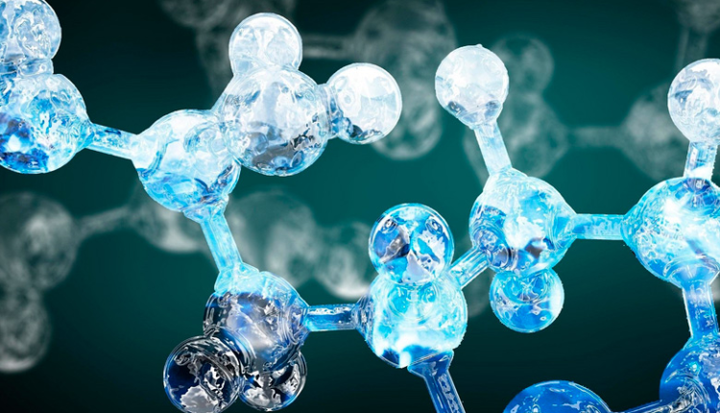Sometimes the simplest questions about the world around us turn into a riddle. Even the processes occurring in the natural environment are often not entirely clear. For example, where does the oxygen in water come from? It would seem that there is no point in understanding this – it is simply there, everyone knows this, they were held at school. But remembering how this happens is not easy.
some chemistry
As you know, water (it is also hydrogen oxide) is a binary inorganic compound. Water is formed as a result of the combination of two hydrogen atoms and one oxygen atom. The formula is H2O.
From this it is clear that without oxygen the existence of such a substance as water is impossible. And its number is constantly decreasing. Oxygen in water is consumed biologically (they breathe aquatic organisms), biochemically (this includes the respiration of bacteria, as well as the decomposition of organic matter) and chemically (as a result of oxidation).
But if oxygen is consumed, then its loss must be compensated.
How does oxygen form in water?
There are three sources of oxygen formation:
- atmospheric air;
- algae and aquatic plants;
- decomposition reactions of minerals in the depths of water bodies.
Water receives oxygen from atmospheric air during two processes: absorption and aeration. When absorbed, oxygen enters the upper layer of water and saturates it. The lower the air temperature and the higher the atmospheric pressure, the faster the absorption proceeds.
Aeration is the oxygenation of the lower, deep masses of water. Aeration is achieved as a result of mixing the deep layers with the upper, saturated one. Thus, the oxygen content in the water becomes uniform.
Photosynthesis
The essence of this process is that when carbon is absorbed by algae (a variety of floating or attached plants, as well as phytoplankton), oxygen is released. Simply put: in algae cells, under the influence of sunlight, a reaction occurs, which is called photosynthesis, as a result of which glucose and oxygen are formed.
The process of photosynthesis is completed faster at high water temperatures, its speed also depends on the brightness of sunlight and the content of nutrients. The release of oxygen occurs exclusively in the upper layer of water. By the way, the depth of the upper layer directly depends on the transparency of the water, so it can vary from two to three centimeters to twenty to thirty meters.
On the example of an aquarium
A typical home aquarium is a model that clearly demonstrates both options for the formation of oxygen. No aquarium, even the smallest, can do without algae. Otherwise, the fish will simply suffocate there. Therefore, many aquarists use various preparations and additives that accelerate the growth of aquatic plants, as well as fluorescent lamps.
And almost all aquarium owners use aeration. A special compressor is placed in the aquarium, which pumps air to the bottom, from where air bubbles rise to the surface.
Both of these methods together provide a very efficient formation of oxygen in water.
Thus, water is saturated with oxygen as a result of the processes of absorption, aeration and photosynthesis. The third way – the formation as a result of the decomposition of minerals – is not inherent in all reservoirs, but it also cannot be ignored.


